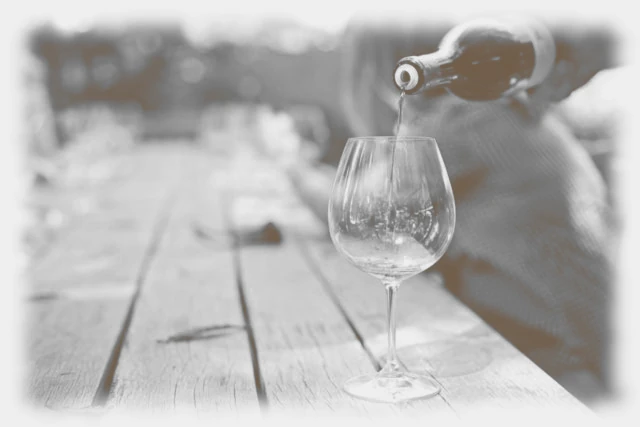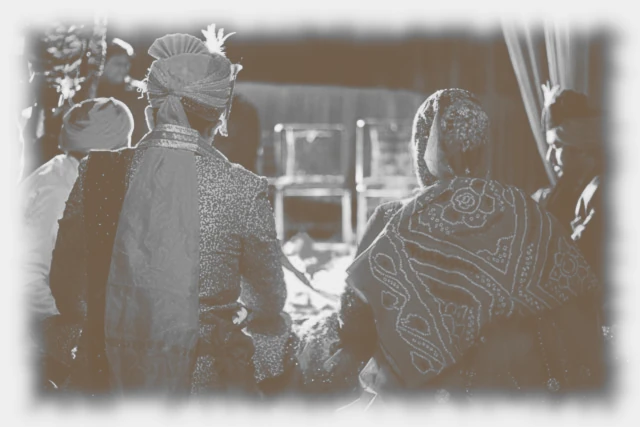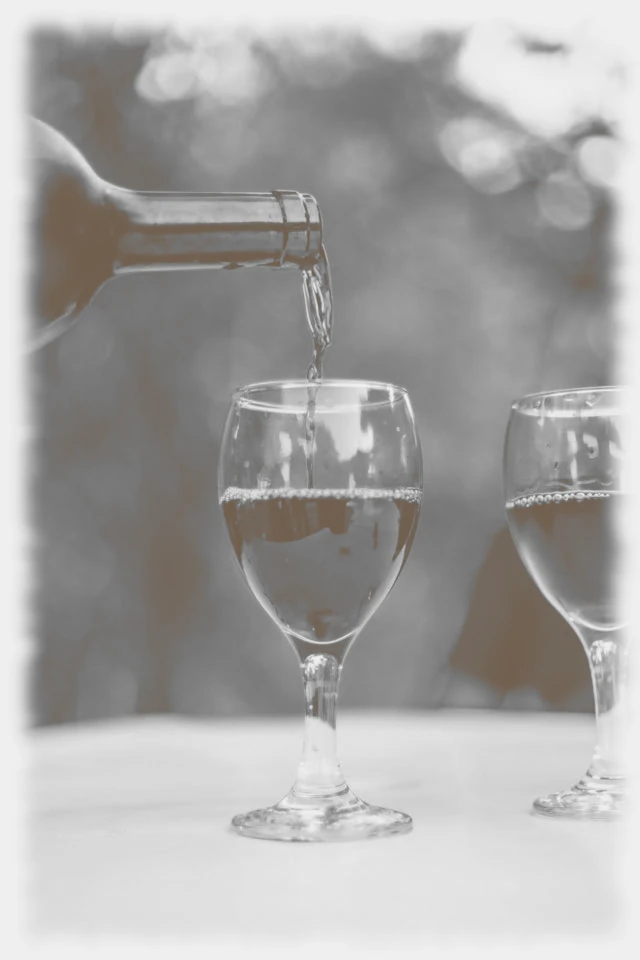- Rosary
- Luminous Mysteries
- The Wedding at Cana
The Wedding at Cana
The First Miracle

The Wedding at Cana is remembered as an incredible event where Jesus performed His first miracle, turning water into wine.
But this remarkable moment began with Mary, His mother, who noticed the problem—there was no more wine—and brought it to Jesus' attention.
Her faith and trust in Him set the stage for an extraordinary act that revealed His divine nature.
This miracle, performed during a joyful celebration, reminds us of themes like abundance, faith, and the special bond between Jesus and Mary.
The story of the Wedding at Cana continues to inspire people of all ages, showing how even ordinary moments can turn into extraordinary ones.
The Wedding at Cana

It was a joyful day for the Wedding at Cana, in a small village in Galilee, as family and friends gathered to celebrate. The music was lively, the food was plentiful, and everyone was enjoying the happy occasion. Among the guests were Jesus, His mother Mary, and His disciples.
As the celebration continued, something unexpected happened—they ran out of wine. In those days, running out of wine at a wedding was a big deal, as it was a key part of the celebration.
Mary, noticing the problem, came to Jesus and said, “They have no more wine.” She trusted that He could help, even though He hadn’t yet performed any miracles.
At first, Jesus told her that His time had not yet come. But Mary, confident in His ability, told the servants, “Do whatever He tells you.”
Nearby, there were six large stone jars used for ceremonial washing. Each jar could hold about 20 to 30 gallons of water. Jesus instructed the servants to fill the jars with water, and they filled them to the brim. Then He told them to draw some out and take it to the master of the banquet—the person in charge of the feast.
The servants did as Jesus said. When the master of the banquet tasted it, he was amazed. The water had been turned into wine, and not just any wine—it was the best wine of the celebration! The master of the banquet called the bridegroom over and said, “Everyone brings out the best wine first and then the cheaper wine after the guests have had too much to drink. But you have saved the best till now.”
This miracle, the first that Jesus performed, revealed His divine power and began to show the world who He truly was. It was a moment of joy and abundance, one that still inspires believers today to have faith and trust, just like Mary and the servants at the Wedding at Cana.
The Scriptural Rosary
There was a wedding at Cana in Galilee, and the mother of Jesus was there. Jesus and his disciples had also been invited. John 2:1,2
When the wine provided for the wedding was all finished, the mother of Jesus said to him, "They have no wine." John 2:3,4
Jesus said, "Woman, why turn to me? My hour has not come yet." John 2:4
She said to the servants, 'Do whatever he tells you.' So he told the, 'Fill the jars with water.' John 2:5,7
'Now take some to the steward.' When the steward tasted it he exclaimed, 'You have kept the best wine till now?' John 2:8,10
This was the first of the signs given by Jesus, and his disciples believe in him. John 2:11
Then he came to Judea and some Pharisees asked him, 'Is it against the law for a man to divorce his wife?' Mark 10:1,2
Jesus said, 'From the beginning of creation God made them male and female.' Mark 10:7
'This is why a man must leave father and mother and be joined to his wife.' Mk 10:8; Gn 2:24
'They are no longer two, therefore, but one body. So then, what God has united, man must not divide.' Mark 10:9, 10
With permission from The Scriptural Rosary book written by Joanne & John Bolger
Published and permission from Christianica (America) Center
Mary's Role

Imagine yourself in the lively village of Cana, where the sound of music and laughter fills the air. The celebration is vibrant, and the aroma of freshly prepared food mixes with the joyful chatter of guests. You find yourself among the crowd, witnessing one of the most unforgettable moments in history.
Mary, the mother of Jesus, moves gracefully through the gathering. Her eyes show warmth and compassion as she greets the hosts and mingles with the guests. You notice her pause and exchange quiet words with someone who looks concerned whispers start circulating that the wine has run out. Guests glance at one another, aware that this could turn the joyous occasion into an awkward memory.
You watch as Mary steps forward, her confidence steady, and approaches Jesus, who is seated nearby with His disciples. Her words are simple but carry weight: “They have no more wine.” There’s a deep trust in her voice—like she knows He can solve the problem. Jesus glances at her, His tone measured as He responds, “My time has not yet come.” Yet Mary doesn't hesitate or question. She turns to the servants, standing off to the side, and says firmly, “Do whatever He tells you.”
The scene shifts as everyone waits, to see what will happen next. Mary’s presence remains calm, reassuring, as though her unwavering faith in her son has already begun to ripple through the crowd. You catch a glimpse of the servants filling six large stone jars with water, glancing nervously at one another. When Jesus instructs them to draw out the liquid and take it to the master of the banquet, you watch in awe as their hesitant steps reveal an astonishing transformation—the water has become wine.
The master of the banquet tastes it, his expression lighting up with surprise. He calls the bridegroom, marveling, “Everyone brings out the best wine first, and then the cheaper wine after the guests have had too much to drink. But you have saved the best till now.”
As the guests cheer and the bride and groom beam with happiness, you realize Mary has quietly stepped back into the background, her role fulfilled. Her faith, her belief in her son, and her quick thinking changed the course of the celebration—and revealed a miracle that would be remembered forever.
It’s as though you’ve just witnessed history being made—not in a grand display, but in a moment of quiet faith and trust, where Mary’s role created a bridge between humanity and divinity. What details should we bring into focus next?
The Stone Water Jars

The stone water jars used at the Wedding of Cana hold both a practical and symbolic meaning, offering insights into the cultural and spiritual context of the event.
In Jewish tradition, these large stone jars were used for ceremonial washing, an important purification ritual.
The jars themselves were substantial, each able to hold 20 to 30 gallons of water.
Symbolic Significance
These jars, originally intended for mundane purposes like washing, became vessels for something extraordinary.
Jesus' act of turning water into wine symbolized how He could take ordinary and make it extraordinary.
The sheer volume of the jars underscores the abundance of the miracle.
He provided an overflowing supply of the finest wine, reflecting the generosity and grace of God.
These jars serve as more than just containers; they are an example of Jesus' ability to repurpose and transform, and a symbol of divine abundance.


















